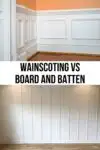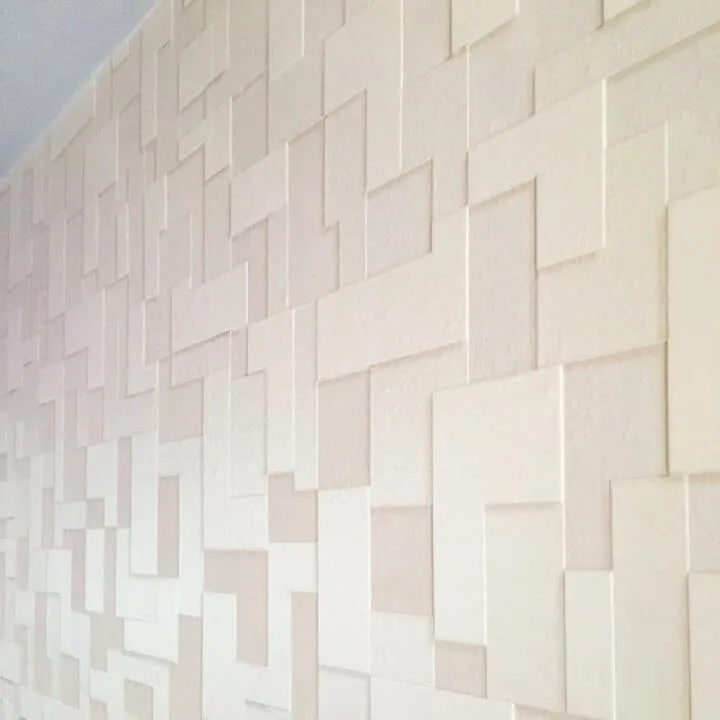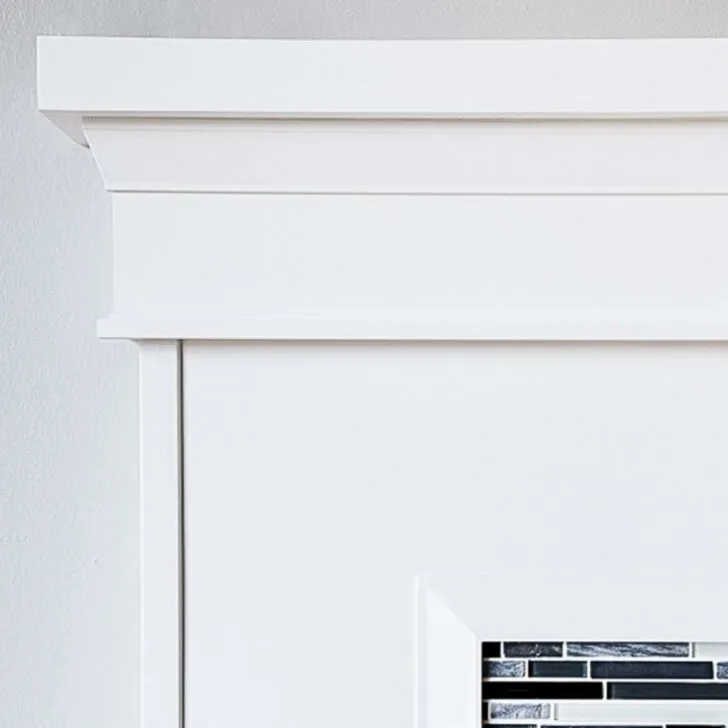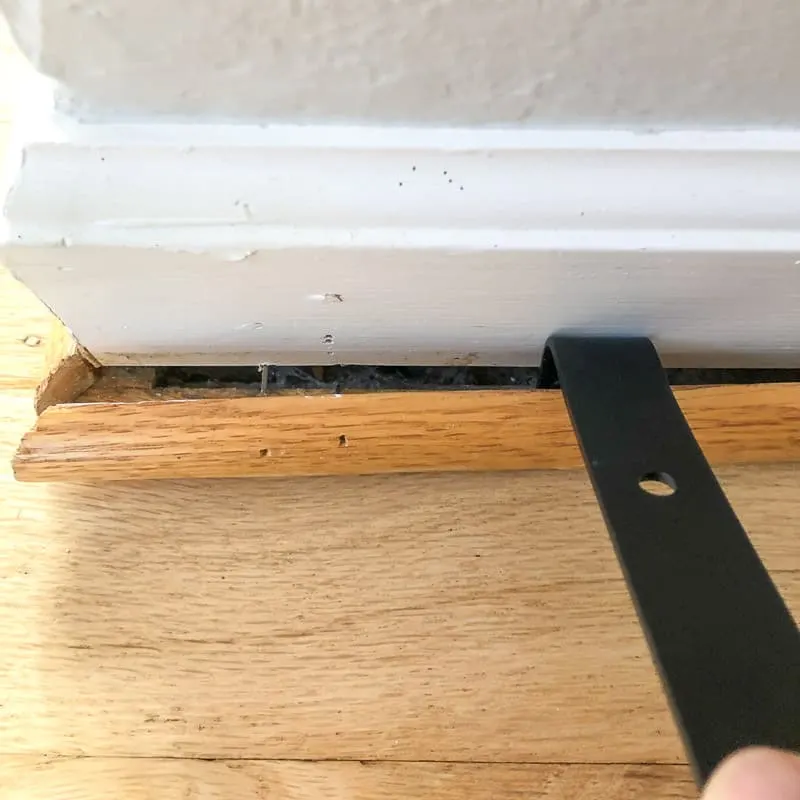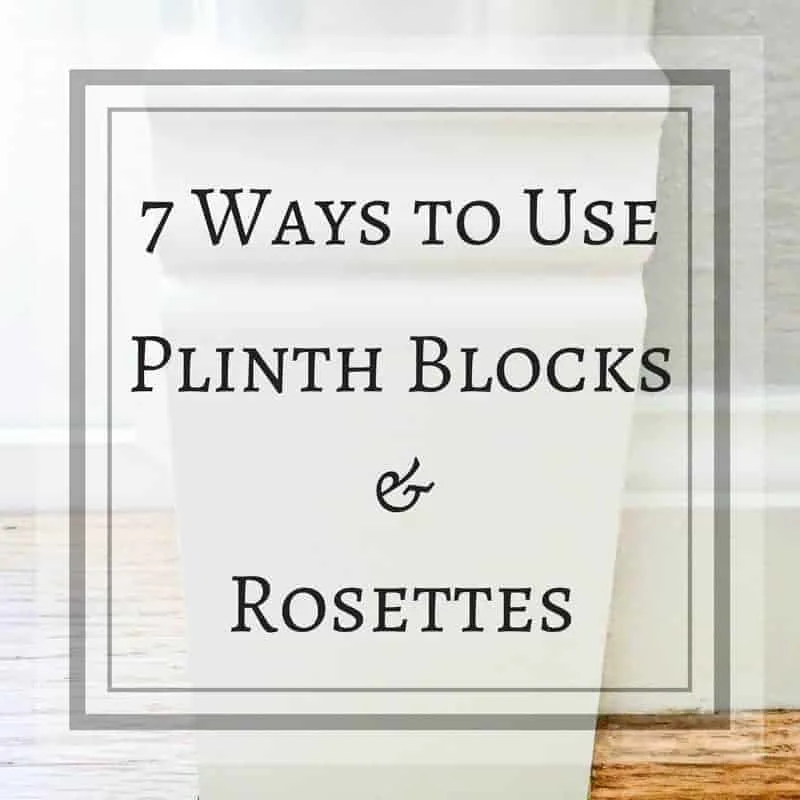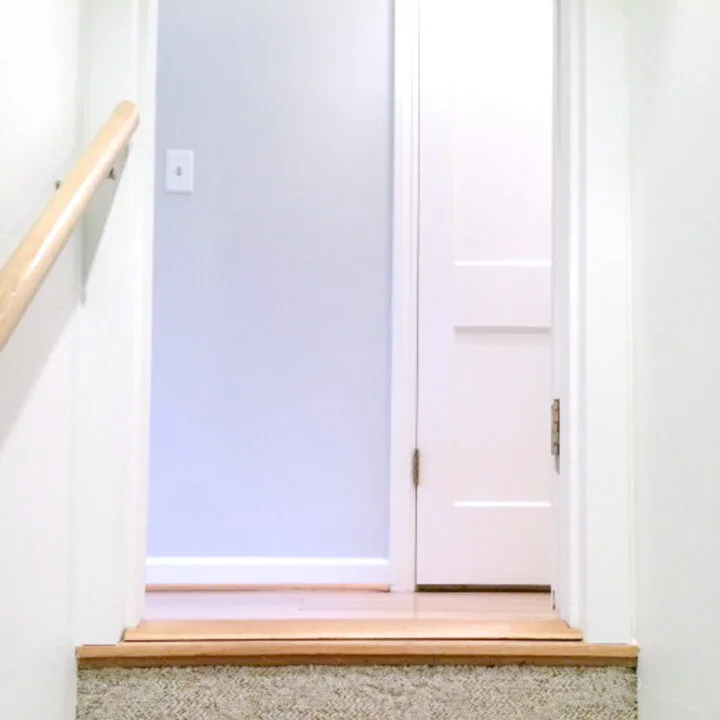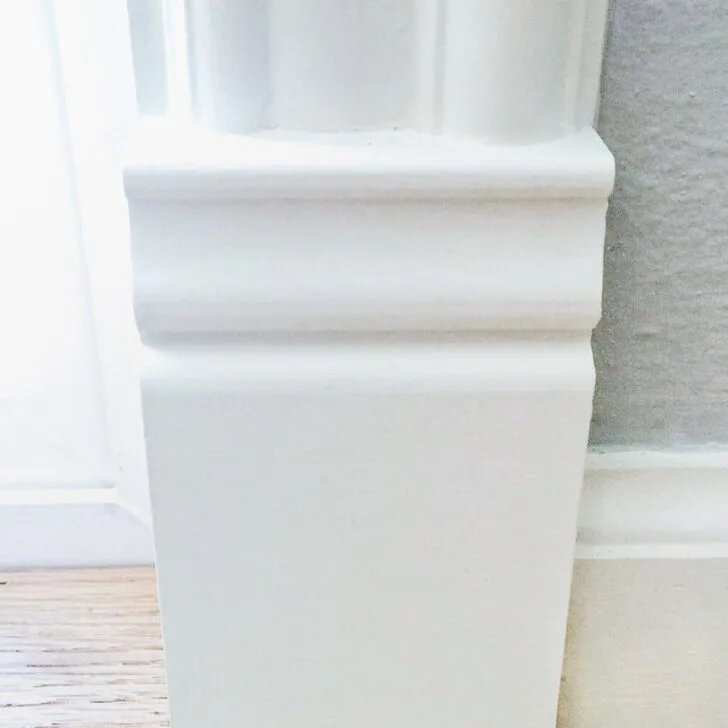Curious about the difference between wainscoting and board and batten? Check out these two wall treatments to decide which to install in your own home.
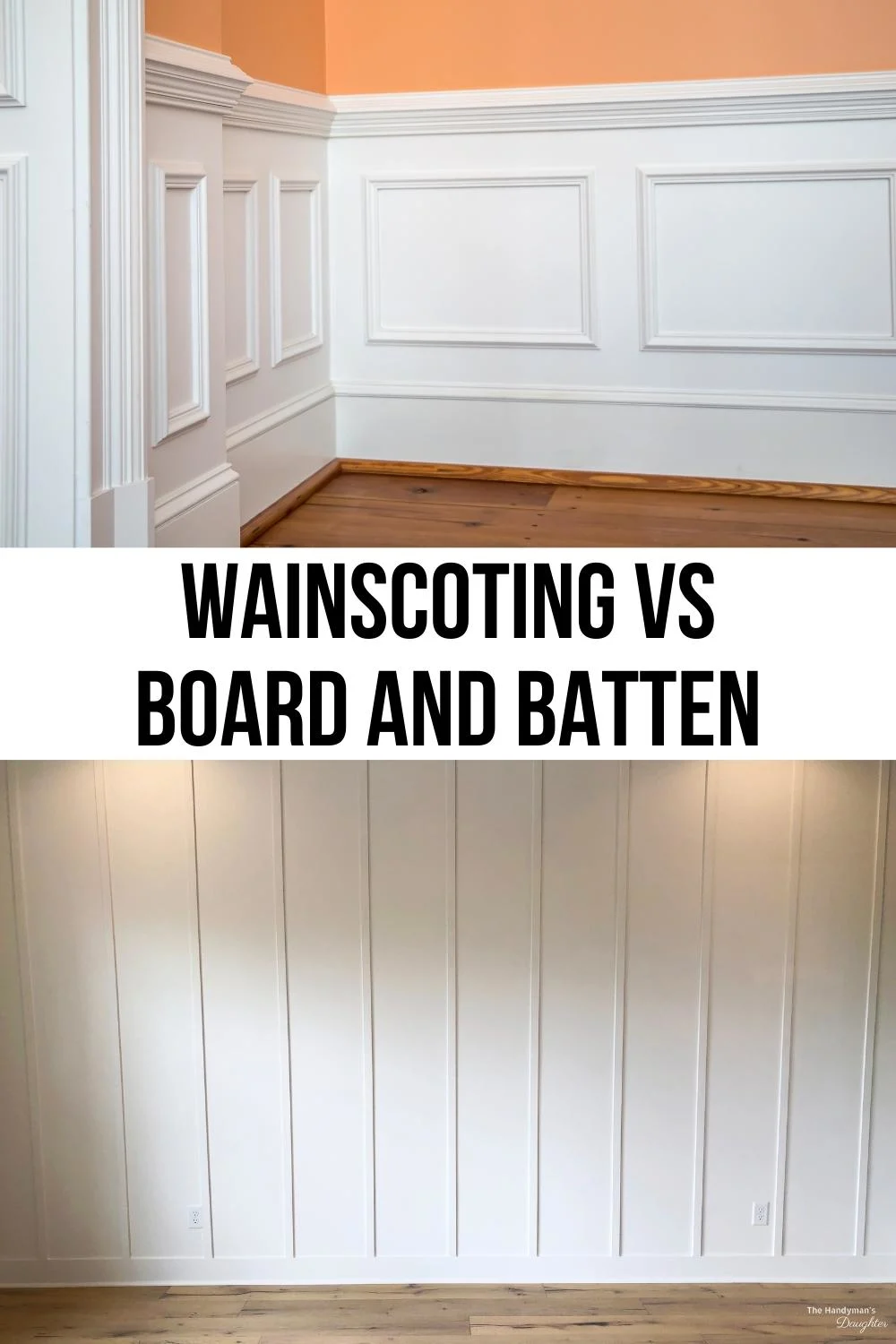
Wall treatments like wainscoting and board and batten have been around for centuries, but have become more popular in home decor in the past few years. It's a simple way to add wow factor to a room by giving it depth and pattern that can't be accomplished with paint or wallpaper.
The terms "board and batten" and "wainscoting" are sometimes used interchangeably, but they mean slightly different things. Wainscoting refers to a common practice of covering the lower third of a wall. Board and batten is a pattern consisting of square or rectangle sheets of material joined by thin braces called battens.
Still unsure? Don't worry! Soon, you'll know all the differences between wainscoting vs board and batten so you know what you're looking for.
Differences Between Wainscoting and Board and Batten
Remember, we aren't necessarily talking about two completely different things. Wainscoting is a technique for protecting the lower third of a wall, and board and batten is a pattern. With that said, you can have board and batten styled wainscoting!
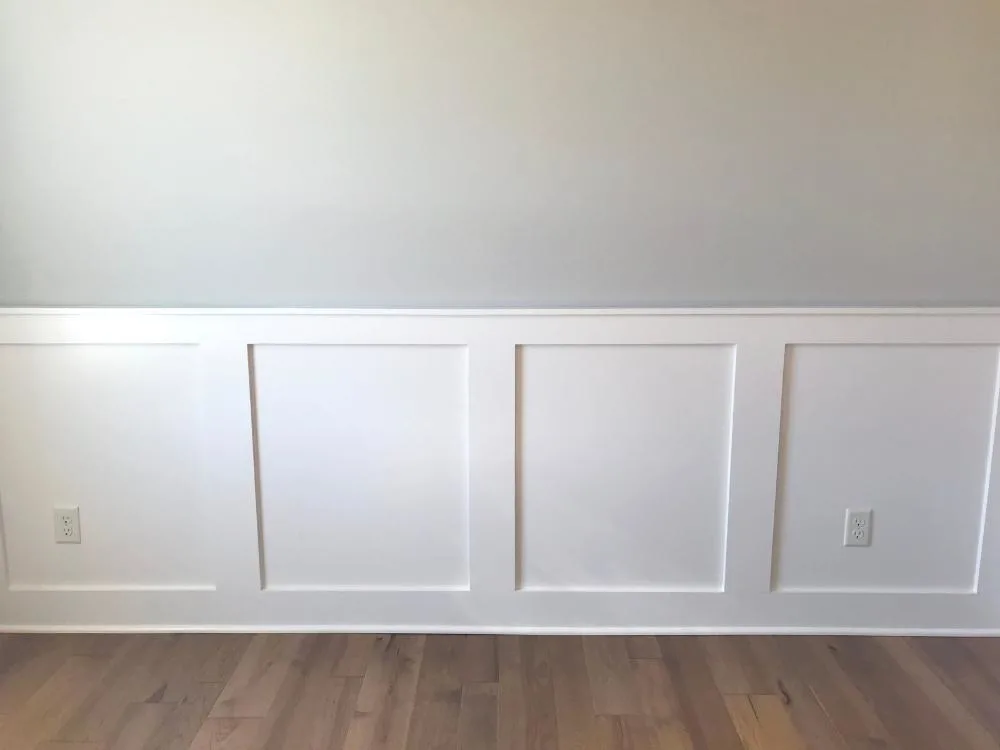
Here are some key points to know:
- Wainscoting is like a skirt for your wall. Usually, wainscoting covers the lower third of the wall.
- Board and batten is a style. Board and batten is usually categorized by rectangle patterns (boards) separated by strips of wood (battens).
- Wainscoting was used long ago to protect a wall. However, today it is mostly a stylistic choice.
- The board and batten style is often used for wainscoting, which is why these two terms are sometimes used interchangeably.
Did that list help? I hope so. We'll go into each of these in more depth in the next sections.
What Is Wainscoting?
Wainscoting, or wainscot, refers to placing a wooden covering over the lower portion of the wall. People have used wainscoting for hundreds of years. Initially, wainscoting was purely practical, used to protect walls from the furniture, hide moisture, and add a level of insulation.
Today, wainscoting is mostly a stylistic choice, as it gives rooms a coziness or elegance depending on the style. It can be made with beadboard, board and batten or decorative trim. There's typically a rail at the top to create a clean transition to the wall.
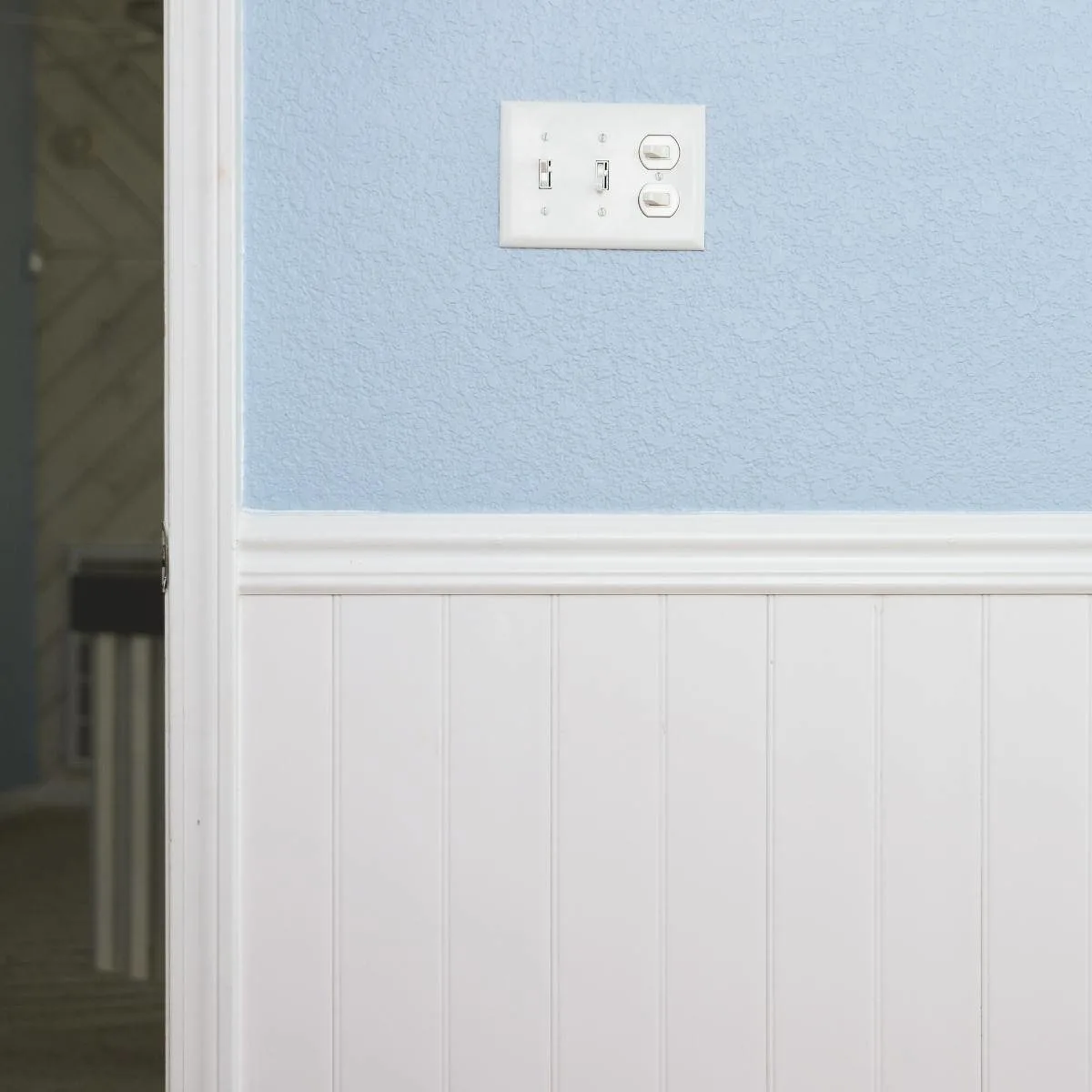
With that said, there are some downsides.
- Install. It takes time and money to install wainscoting. If you just want a wall finished, wainscoting may not be your first choice.
- Hard to change. Once you've installed wainscoting, it's a bit of a process to change it! Removing wainscoting from your walls will result in lots of holes that need to be patched, and torn drywall paper may need to be repaired.
When Should I Use Wainscoting?
These days, wainscoting is mostly a stylistic choice. If you like the look of wainscoting, then you might as well go for it! With that said, there are a few practical reasons to apply wainscoting.
- Light and space. If you use light-colored wainscoting, you can open up a dark room. And many people believe wainscoting makes a room feel larger, not smaller!
- Style. If you're looking for a fresh change, wainscoting can make a room feel totally new!
- Wall protection. Do you have dents and scratches in your dining room from chairs bumping into the walls? Wainscoting is a nice way to protect your drywall from further abuse!
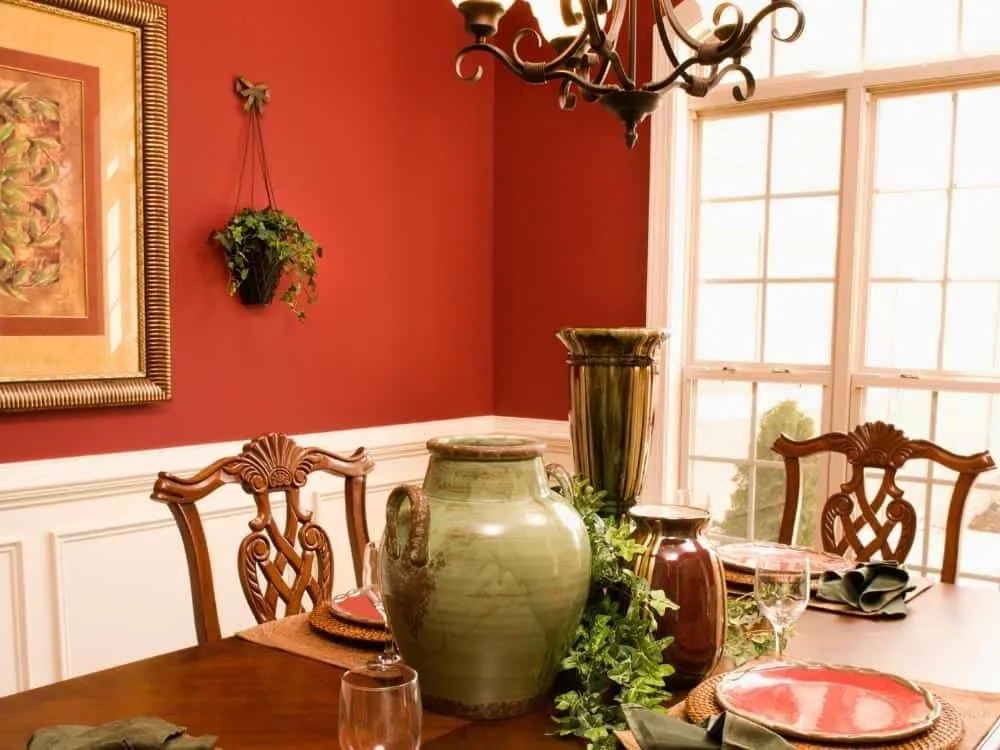
How Do I Install Wainscoting?
This section will give you some things to think about when installing wainscoting in your home. Check out the video below for a more complete overview of the installation process.
- Planning. Probably the most important element to wainscoting is planning. You want to ensure the design you choose looks good in your home before installation. Some computer programs allow you to plan your project digitally, right down to the last detail!
- Remove baseboards. If you have trim around the floor, you'll probably need to remove it. This will make the new wainscoting look like it's always been there, instead of an after-thought.
- Pre-build. Often, builders will assemble a full section of wainscoting before it's installed to make sure everything looks good before placing any nails in the wall.
- Painting. Consider pre-painting your wainscoting. Along with pre-building, this will give you a good preview of the look before fully committing to the design.
- Pocket holes. When attaching different sections, you'll find that using pocket holes creates a seamless look without visible screws.
- Attach to the studs. Use a stud finder to locate the studs in the wall, and nail the panels into place.
- Caulk the seams. Use a caulk gun to seal up the gaps between the wainscoting and the wall.
To help you visualize everything, here's a good video explaining how to install wainscoting.
Frequently Asked Questions about Wainscoting
Is wainscot outdated?
Whether wainscoting is dated or not is a matter of opinion and taste. On a broader level, wainscoting is still quite common. These days, many people feel that wainscoting adds elegance and charm to their homes. But it may feel old-fashioned to those with a more modern taste.
Is wainscoting always white?
White is a common color for wainscoting; however, you can paint your wainscoting whatever color you'd like! You can also leave the wood natural or stain it to another color to get the look you're after.
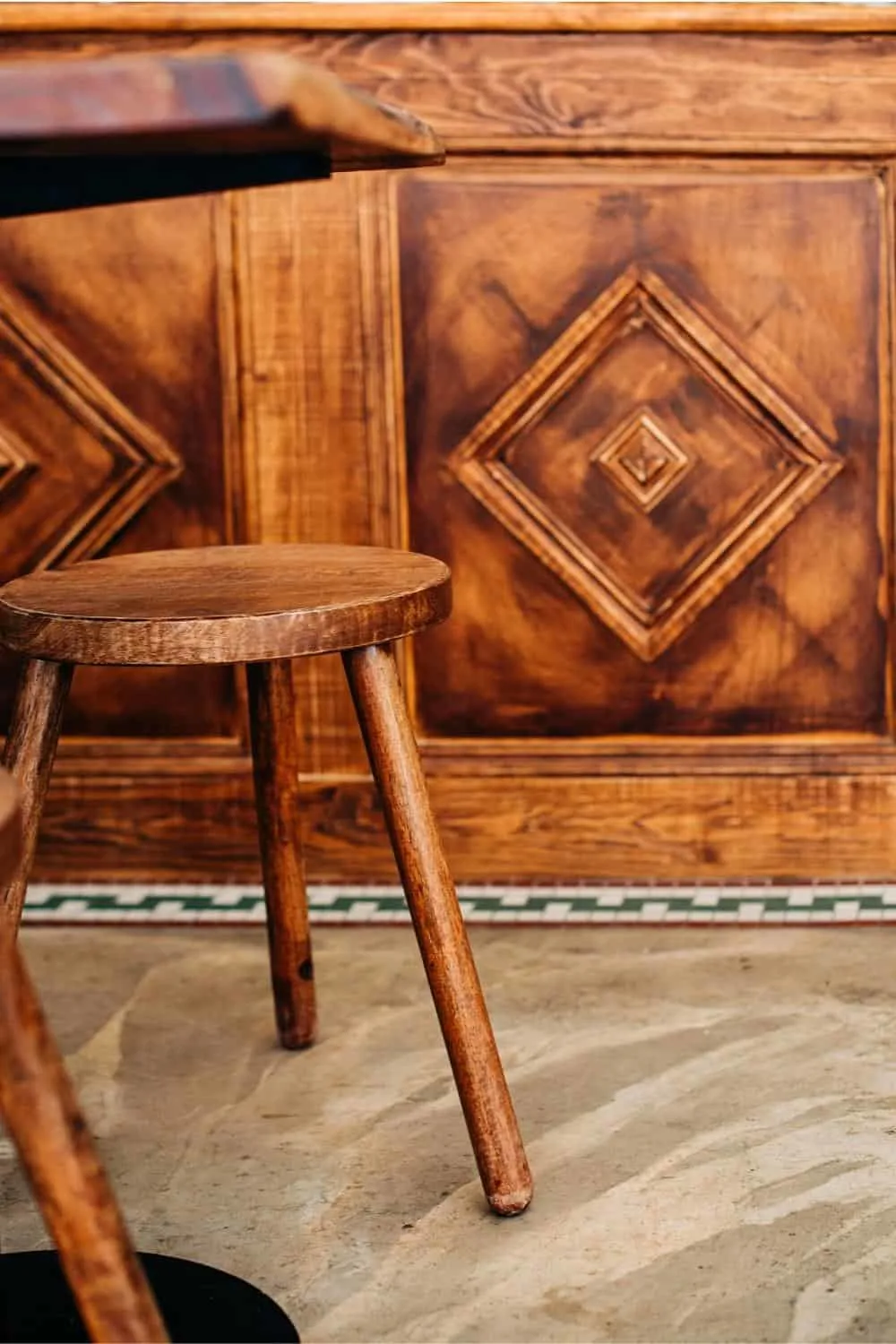
What's the difference between wainscoting and shiplap?
Wainscoting is a specific technique used to cover the lower third of a wall. Shiplap is a pattern. Some people might choose to use a shiplap pattern for their wainscoting.
What is Board and Batten?
Board and batten is a style that uses rectangular sections joined by battens. Battens are strips of material that cover the seams between the boards. Sometimes, the battens are attached directly to the drywall to simulate the look without the cost of additional materials.
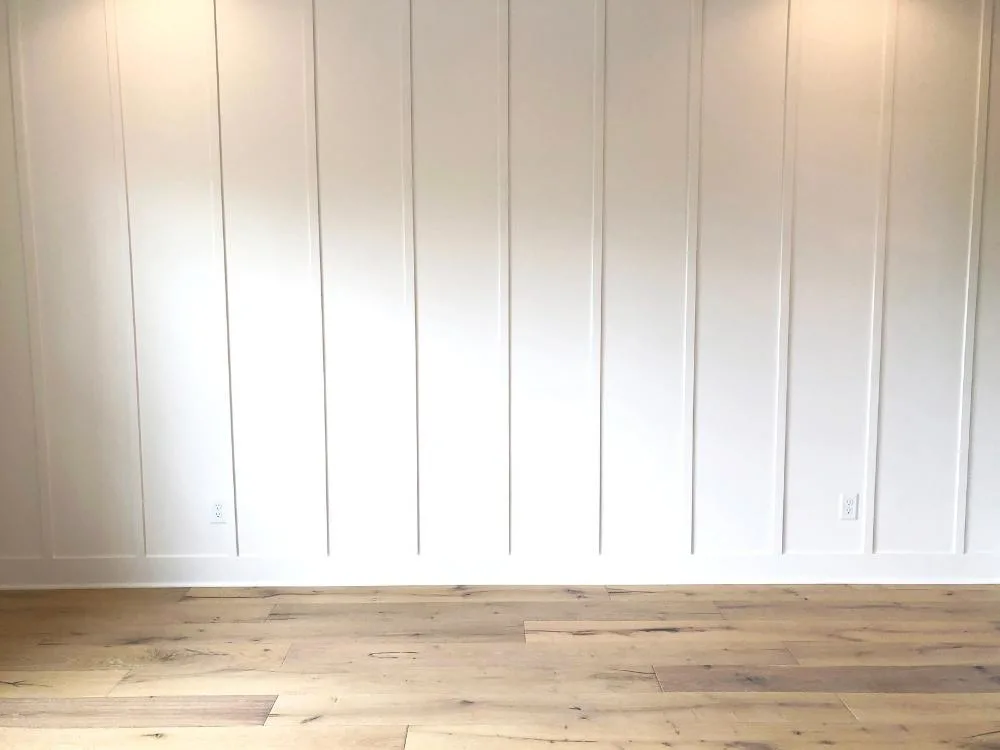
Board and batten is a particular style, similar to shiplap or paneling. Board and batten began as a practical way to install siding on homes and barns. However, it is now a very popular style inside a home as well! You can find board and batten that goes all the way to the ceiling or just a short section of the wall.
When Should I Use Board and Batten?
The decision to use a board and batten style is entirely up to the homeowner! If you like it, go for it! With that said, there are some traditional norms to keep in mind.
Use board and batten if you're looking for a:
- Homey style. Whether you're using board and batten for your interior or exterior, there's just something about this design that exudes a comforting, homey feel.
- A larger feel. Board and batten creates dimension on the walls and draws the eye up to the ceiling, making the space feel larger. For this reason, many people place to board and batten in their bathroom, entryway or laundry room!
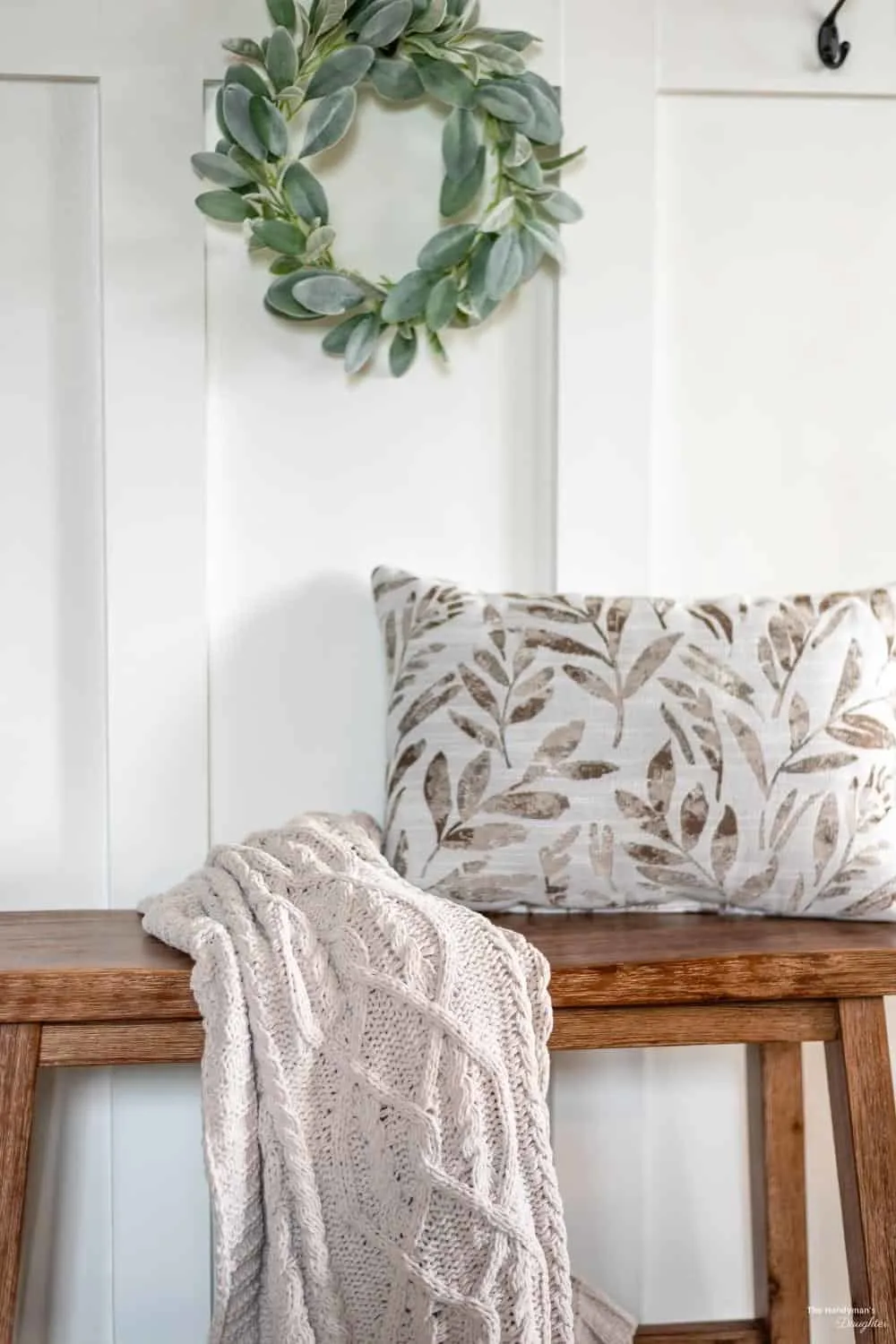
How Do I Use Board and Batten?
When installing board and batten patterns, there are several guidelines you should keep in mind.
- Planning. All projects require planning, but it's especially important with board and batten. You don't want to end up with uneven spacing or an awkward corner layout!
- Measure, measure, measure. Double-check all your spacing. It really helps to sketch it out on paper first. Some people even draw the pattern directly onto their wall!
- Easy on the nails. Too many nails will create ugly little dots in the wood. Instead, use a few nails and aim them into the studs. Use wood filler to cover up the holes before painting.
- Shims. If your wall is uneven, you may need to place some shims behind your battens. This will ensure they are secured firmly in place without any gaps.
- Caulk. After you're finished, you can use some caulk to fill in the gaps.
- Pre-paint. Consider pre-painting your boards and battens before you install them. It's easier to paint flat on a work surface, and you just have to touch up the nail holes once it's on the wall.
- Quality materials. You can use MDF for board and batten, but you might be better off with higher quality material. Though MDF is cheap, it dents easily and sucks up paint like a sponge!
Here's a video on installing a board and batten accent wall for more info.
Frequently Asked Questions about Board and Batten
What kind of wood is used for board and batten?
Pine and poplar are good choices for wood for board and batten walls. They're both inexpensive, and poplar paints particularly well. MDF can also be a good choice, although it's less durable than solid wood. Avoid cutting the battens from plywood strips, because the exposed edges will be difficult to hide.
How wide should interior board and batten be?
This completely depends on the look you want! Wider spacing is more modern and creates a bold statement. Narrower spacing often gives a more cottagey feel. Look around at different styles and see what you like! Keep in mind that the narrower your spacing, the more material you will need.
Hopefully this article cleared up any confusion about the difference between board and batten and wainscoting! Just remember: wainscoting is a type of wall treatment and board and batten is a style of that wall treatment.
Check out these other home improvement ideas!

